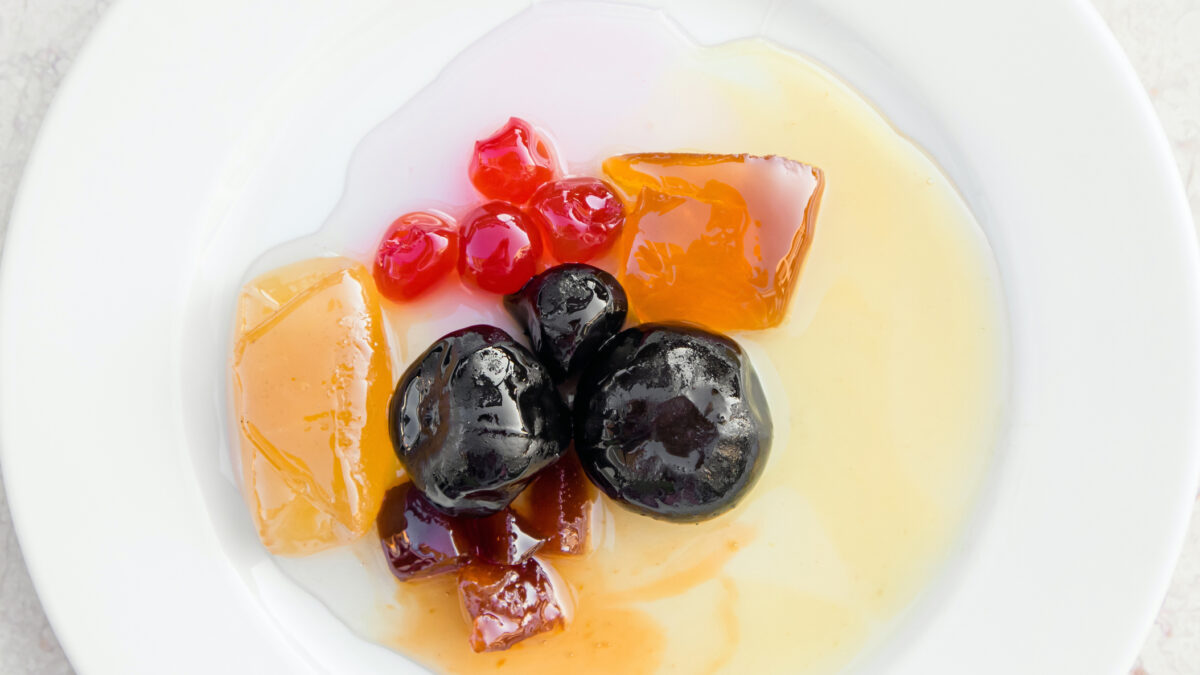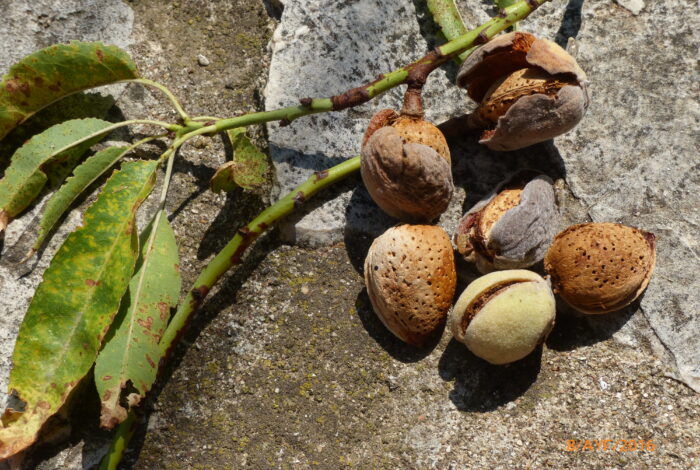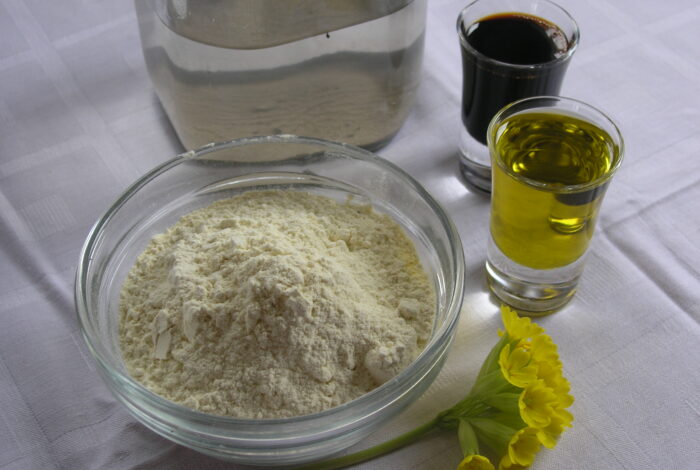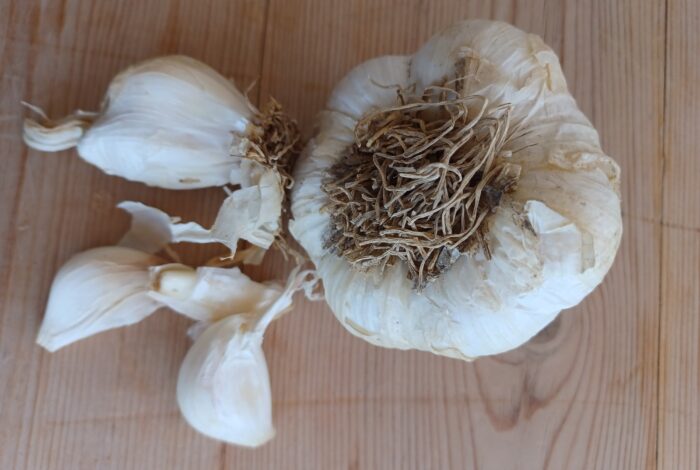Greece’s monastic cuisine refers to the cuisine of the monasteries on Mount Athos. The region is globally associated with monastic life and recognized as a UNESCO World Heritage Site.
Monastic cuisine is characterised by simplicity and austerity. Monastic sweets are usually prepared with locally sourced main ingredients, often produced by the monks themselves.
The recipes for the sweets the monks make adhere to the strict rules that apply regarding fasting and religious practices. As such, animal-based products such as butter are avoided and replaced with olive oil; honey is the go-to sweetener, and seeds and nuts are especially ubiquitous.
A frequently prepared sweet at monasteries is walnut cake, made with walnuts, honey and cinnamon. Honey, which replaces sugar, imbues this recipe with authenticity and increased nutritional value. It is usually prepared in baking trays and may be consumed during periods of fasting, given that it requires no eggs or dairy products.
Loukoumia are the most characteristic sweet treat of monastic cuisine. Made from sugar, water, starch, and various aromatic ingredients such as rose water or citrus, loukoumia are prepared with great care and technique, offering a light and sweet delicacy.
Also highly popular and with many variations are recipes that include handmade phyllo filled with honey, walnuts and almonds. Monks often serve these traditional sweets to visitors.
‘Spoon sweets’ are a whole distinct chapter of Greek confectionery and are especially popular in monastic cuisine. The monks lovingly tend their fruit orchards and pick the fruit at its ripest. All types of citrus fruits, figs, walnuts, quinces, watermelon, sour cherries and many other fruits and nuts are gathered, boiled and preserved long-term in syrup. Thus, every monastery keeps large jars of these sweets ready to be served.
Monastic cuisine is entwined with religious life, and its sweets all have symbolic meanings. Christmas is always accompanied by the classic seasonal ‘melomakarona’ and ‘kourabiedes’ sweets, while during Easter the monks make Greek Easter cookies.
Monastic cuisine is based on time-honoured recipes and traditions. A meal at a Greek monastery is a unique opportunity to take a culinary trip through history.










